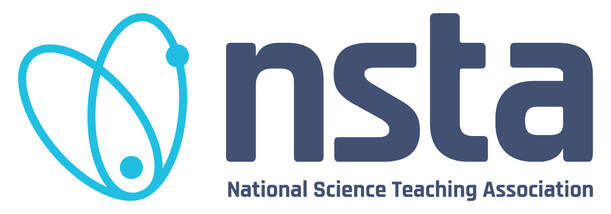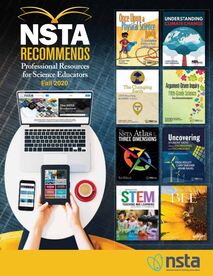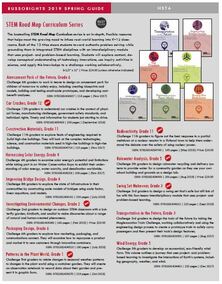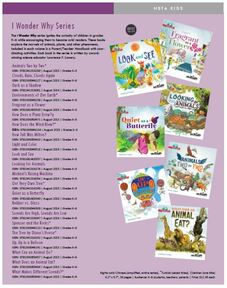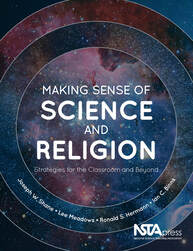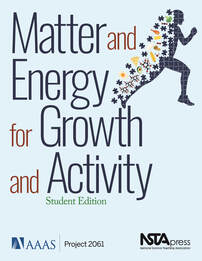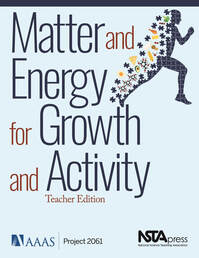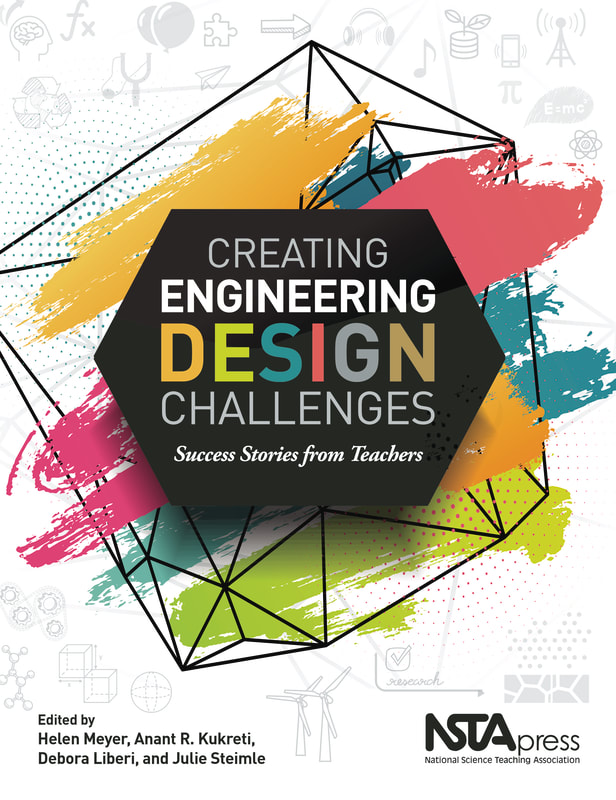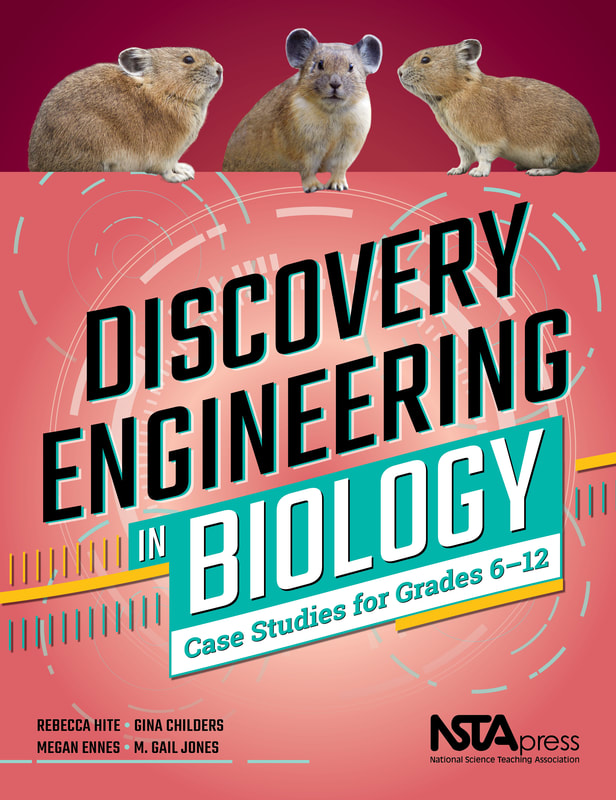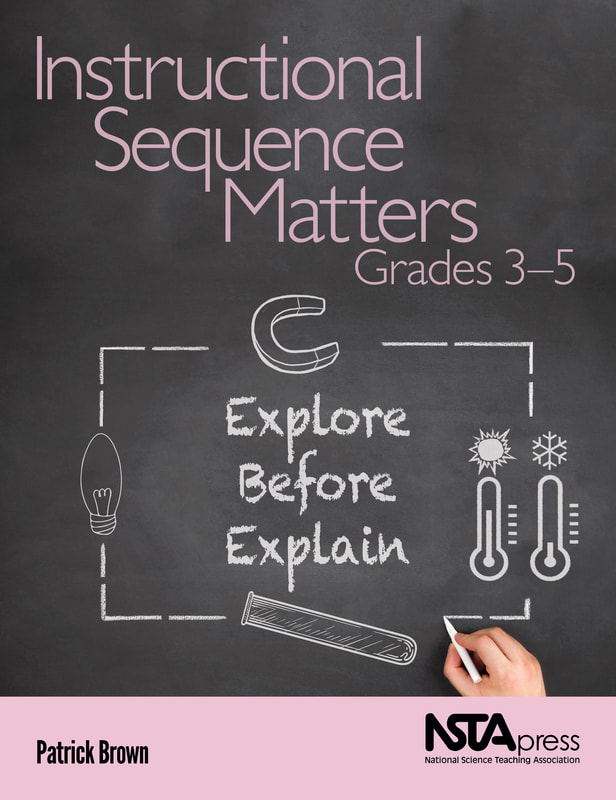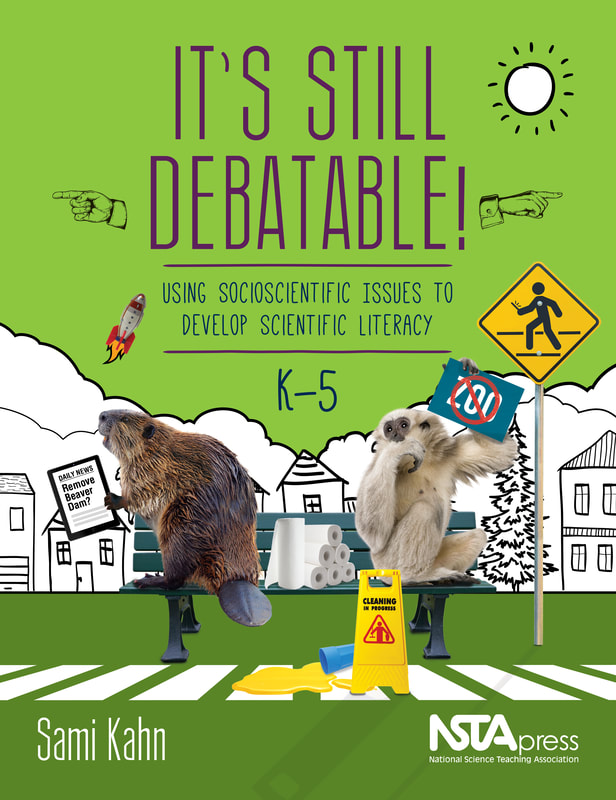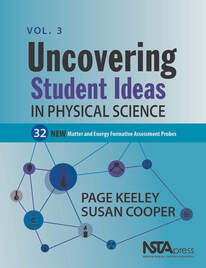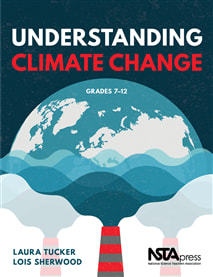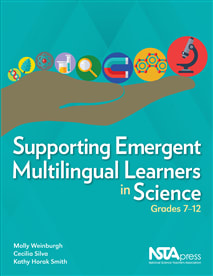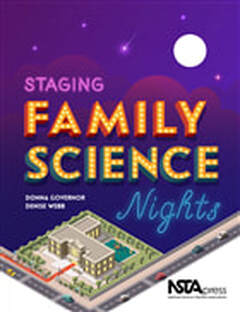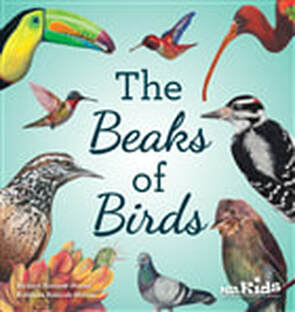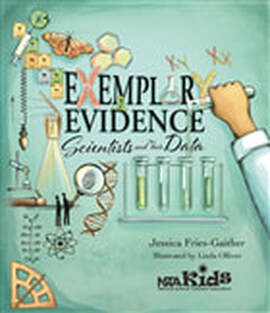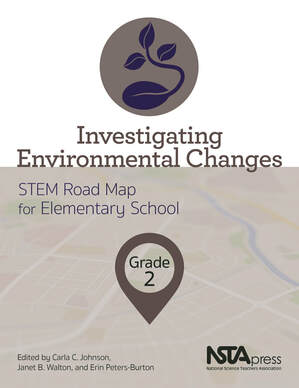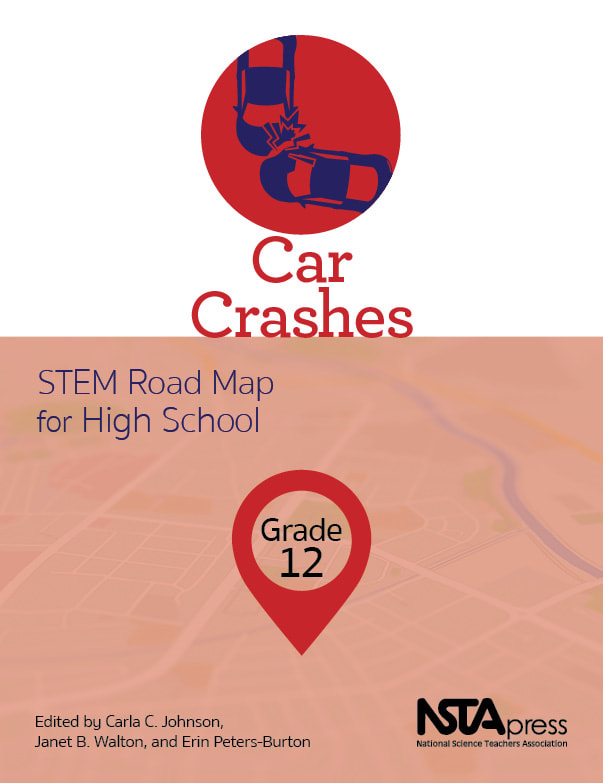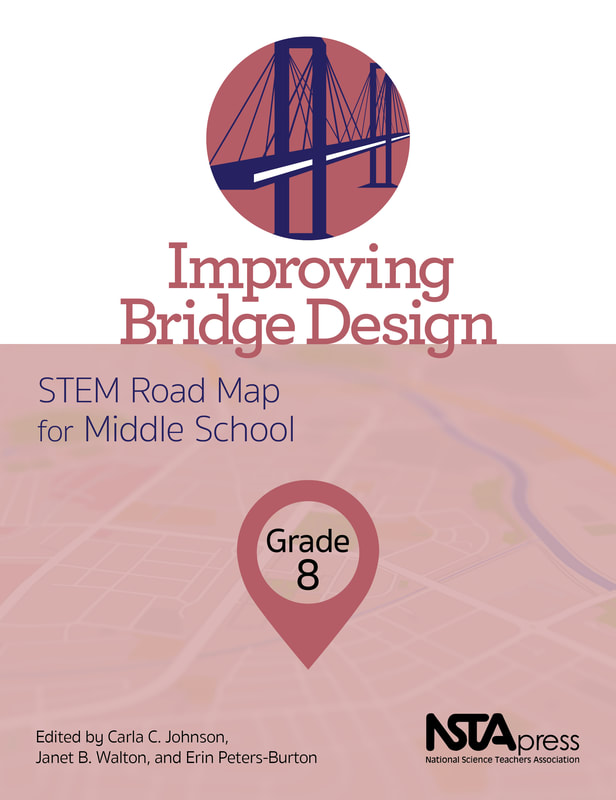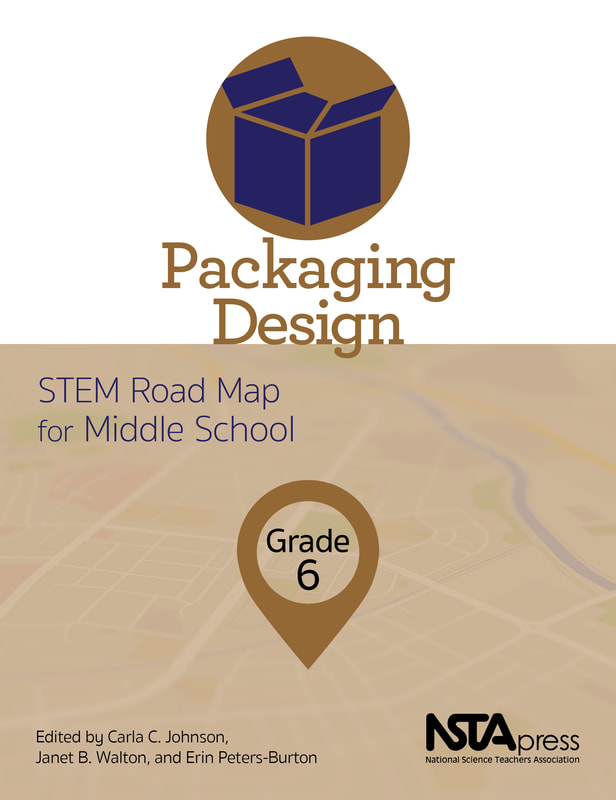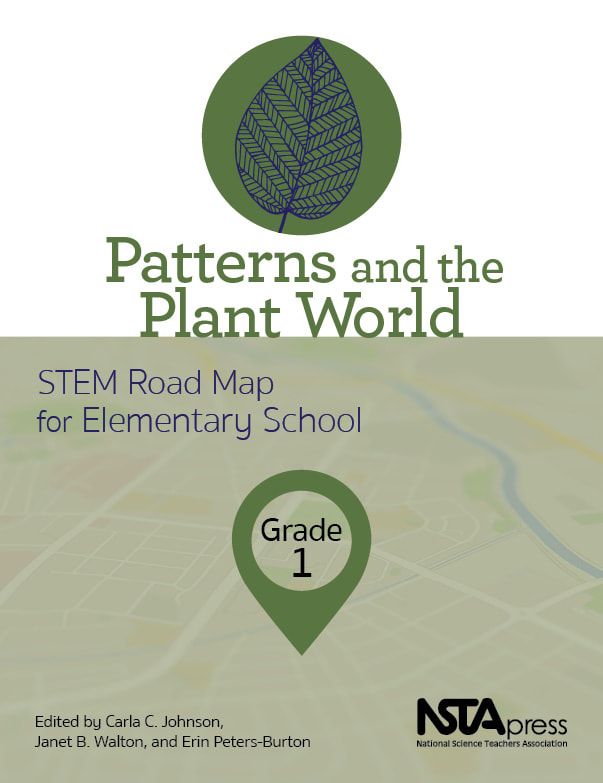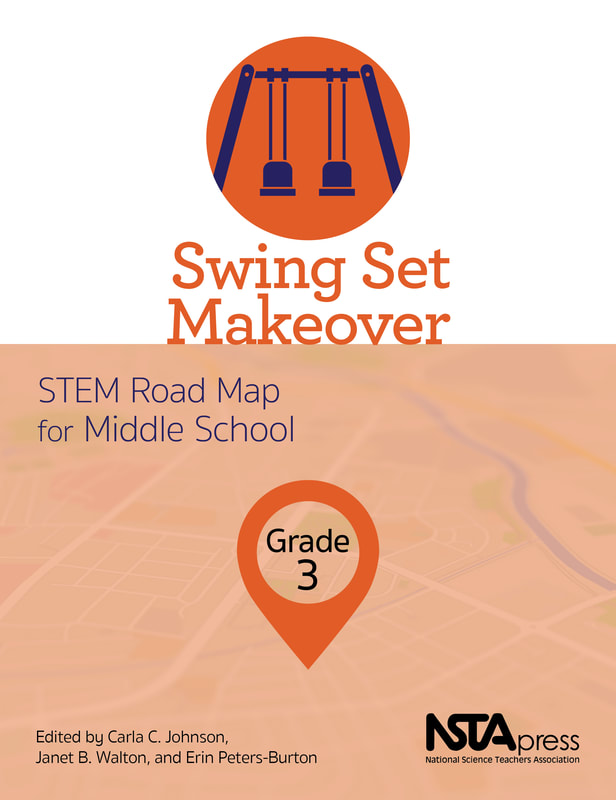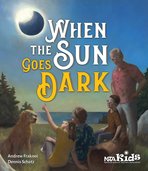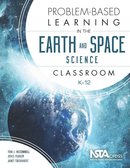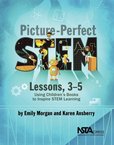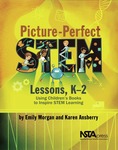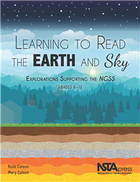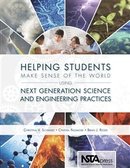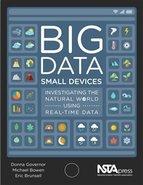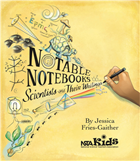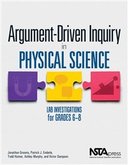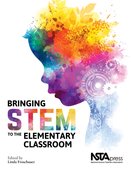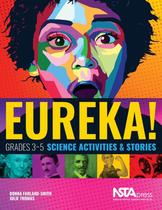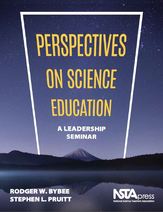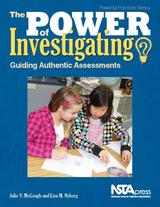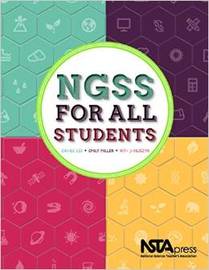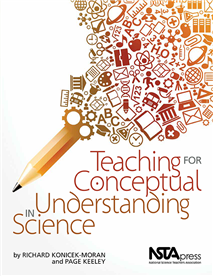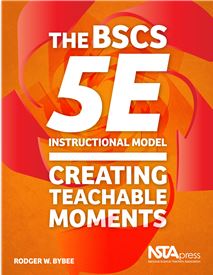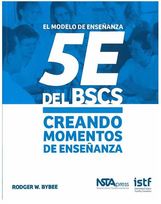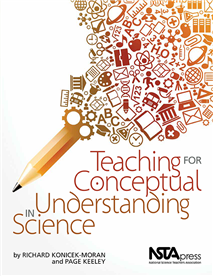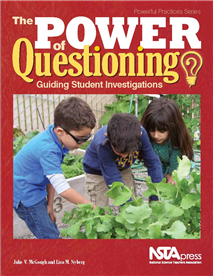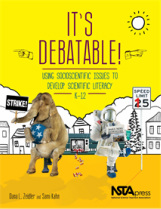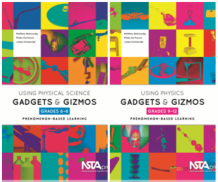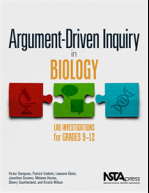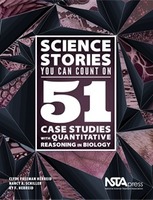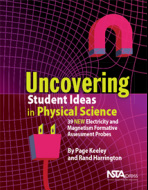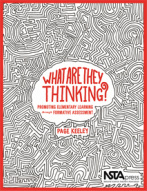New NSTA Releases
|
The book also offers guidance on fostering professional development to support and grow your school’s engineering education practice. Use it to help you change your classroom environment, empower students, and move toward a more
student-centered classroom culture that leads to deeper learning. |
Who knew that small, plant-eating mammals called pikas helped scientists find new ways to survive extreme weather events? Your students will learn about amazing scientific advancements like this when you use the 20 lessons in Discovery Engineering in Biology. The book is a lively way to blend history, real-world perspectives, 21st-century skills, and engineering into your biology or STEM curriculum.
|
Instructional sequence definitely does matter when it comes to helping children in grades 3 to 5 learn science. That’s why this book focuses on showing you how to do two things: (1) make simple shifts in the way you arrange and combine activities and (2) put the Next Generation Science Standards (NGSS) into practice.
|
The book uses science-related societal issues, or socioscientific issues, to help your K–5 students develop scientific literacy as you encourage them to become informed citizens. A research-based framework is the basis for 14 classroom-tested lesson plans that support the Next Generation Science Standards, link to the Common Core State Standards, National Curriculum Standards for Social Studies, and C3 Framework, and are developmentally appropriate for diverse elementary classrooms. The book also includes a chapter especially for use in methods courses and professional development programs.
|
Uncovering Student Ideas in Physical Science Vol 3.
|
Understanting Climate Chage
|
Supporting emergent Multilingual Learners in Science
|
Staging Family Science NightsBy: Donna Governor and Denise Webb
ISBN: 978-1-68140-623-7 Publication Date: March 1, 2019 The book is designed to be a crowd-pleaser, whether you’re looking for new ideas for an established science night or planning your first one. It’s useful for teachers at all levels as well as homeschoolers and informal education programs. Best of all, the authors, both veteran educators, are dedicated to making sure your science night showcases quality science content and practices. Based on their years of personal experience, they write, “A successful Family Science Night is a perfect coming together of informal science learning, student leadership, community support, and schoolwide excitement.” Get this book and get ready to take a bow!
|
The Beaks of BirdsBy: Richard Konicek-Moran and Kathleen Konicek-Moran
ISBN: 978-1-68140-352-6 Publication Date: November 1, 2018 Come along on a tour of the wonderful world of birds and their beaks. This book is the story of a child and two grown-up friends on a jaunt across their yard, in a park, past a pond, and through the pages of a photo album. Like them, you’ll find you can figure out what birds eat by the shape of their bills—and why some have beaks like straws, pouches, or even daggers. Also like them, you’ll have all kinds of questions about amazing birds—from house finches to hummingbirds to great blue herons—that use their own built-in tools for eating. Rounding out the story are five kid-friendly activities and background information parents and teachers can use.
|
Exemplary EvidenceBy: Jessica Fries-Gaither
ISBN: 978-1-68140-361-8 Publication Date: November 1, 2018 If you think of science as a puzzle, you’ll see that data is a key to unlocking it. Exemplary Evidence: Scientists and Their Data touches on the world’s many riddles—from how we see to what’s at the bottom of the ocean. It shares how scientists have solved such puzzles by collecting measurements, taking notes, and even making sketches. The book also provides mini-bios of the nine featured scientists plus four steps to using data to tease out your own answers about how the world works.
|
|
The STEM Road Map Curriculum Series is anchored in the Next Generation Science Standards, the Common Core State Standards, and the Framework for 21st Century Learning. In-depth and flexible, Investigating Environmental Changes can be used as a whole unit or in part to meet the needs of districts, schools, and teachers who are charting a course toward an integrated STEM approach.
|
2017
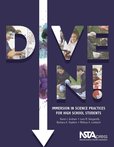
Dive In!
Immersion in Science Practices for High School Students
By Karen J. Graham, Lara M. Gengarelly, Barbara A. Hopkins, and Melissa A. Lombard
What is it really like to plunge into the world of science learning and teaching? Find out in this book that grew out of a teacher-scientist project at the University of New Hampshire that promoted active learning and using science practices in the classroom. Dive In! provides detailed examples of how veteran teach-ers and their students can implement A Framework for K–12 Science Education and the NGSS.
ISBN: 9781941316290
Publication Date: April 2017
World Rights Available
Immersion in Science Practices for High School Students
By Karen J. Graham, Lara M. Gengarelly, Barbara A. Hopkins, and Melissa A. Lombard
What is it really like to plunge into the world of science learning and teaching? Find out in this book that grew out of a teacher-scientist project at the University of New Hampshire that promoted active learning and using science practices in the classroom. Dive In! provides detailed examples of how veteran teach-ers and their students can implement A Framework for K–12 Science Education and the NGSS.
ISBN: 9781941316290
Publication Date: April 2017
World Rights Available
2016
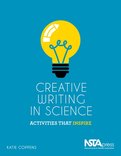
Creative Writing in Science
Activities That Inspire
By Katie Coppens
This classroom resource book features 3–12 activities that integrate writing with content in life science, Earth and space sciences, and engineering and physical sciences. Each of the 15 science activities comes with strategies for teaching a creative writing style, whether prose or poetry. The assignments work as in-class activities, homework, or final assessments for a unit. Includes handouts, graphic organizers, writing models, and scoring rubrics.
ISBN: 9781941316351
Publication Date: March 2016
World Rights Available
Activities That Inspire
By Katie Coppens
This classroom resource book features 3–12 activities that integrate writing with content in life science, Earth and space sciences, and engineering and physical sciences. Each of the 15 science activities comes with strategies for teaching a creative writing style, whether prose or poetry. The assignments work as in-class activities, homework, or final assessments for a unit. Includes handouts, graphic organizers, writing models, and scoring rubrics.
ISBN: 9781941316351
Publication Date: March 2016
World Rights Available
